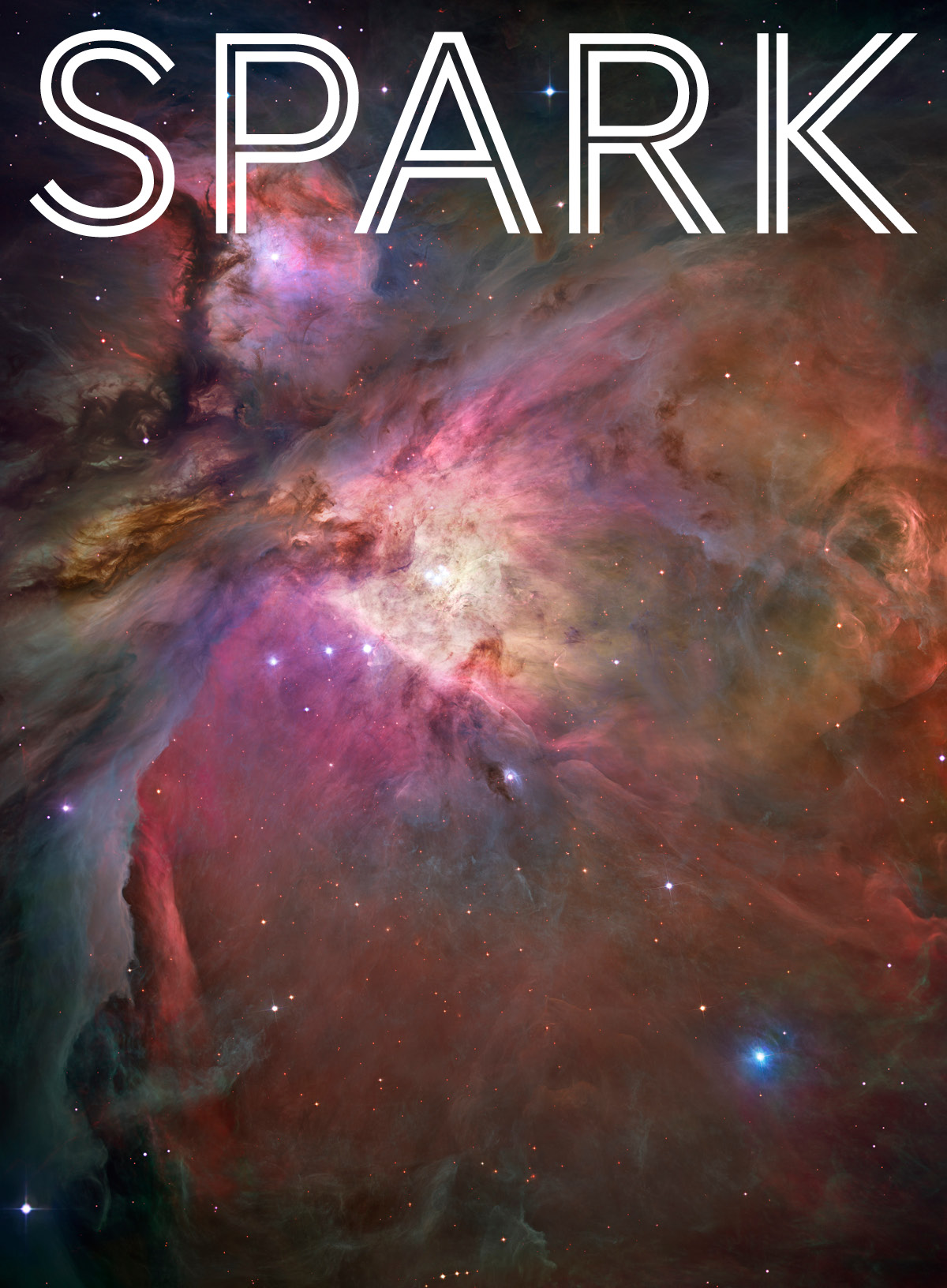To space and back

Colorado’s space industry brings educational opportunities back to Earth
On Sept. 21, 2014, the spacecraft MAVEN completed a 10-month journey and slipped into orbit around the planet Mars. Designed to explore the Martian atmosphere and its history, MAVEN will help scientists to better understand the history of Mars’ climate and planetary habitability. Along with other exploration tools, MAVEN will help clear the path for humans to visit Mars, a mission NASA is working to complete in the 2030s.
And though it gathers atmospheric measurements of a planet hundreds of miles away in outer space, MAVEN’s journey began right here in Colorado.
 Home on the range
Home on the range
Colorado is closer to space than you might think; it employs more private aerospace workers per capita than any other state.
Colorado’s connections to the space industry reach back to World War II, when the state’s inland location and hard-granite composition helped make it the central location for the Cheyenne Mountain nuclear bunker, also known as NORAD. Colorado’s military bases began to concentrate on operations like shortwave radio signals and photographic intelligence that would later be translated to space-related applications. Around this same time, the University of Colorado Regents established the Aeronautical Engineering Department as its own distinct department within the university system.
Since then, Colorado’s space industry has flourished.
The Colorado Space Coalition, a group of advocates and stakeholders dedicated to growing Colorado’s space industry, formed in 2003 after research identified Colorado’s aerospace industry as a major driver of the Colorado economy. This includes corporations like United Launch Alliance, Sierra Nevada Corporation, Ball Aerospace Technologies and Lockheed Martin, the Littleton-based engineering company responsible for manufacturing and operating the MAVEN spacecraft.
“Colorado is leading the way in some of the nation’s most notable space programs and missions,” says Vicky Lea, director of aerospace & aviation at the Colorado Space Coalition. “We’re at the forefront of America’s return to human spaceflight.”
To support these programs, Colorado has implemented a large number of strategic initiatives, including the appointment of an official Aerospace and Defense Industry Champion – Maj. Gen. Jay Lindell – and legislation that encourages capital investment specifically in aerospace manufacturing. The impact of that attention is a state leading the next generation of spacecraft and spaceflight through private manufacturing and public research centers like the National Oceanic and Atmospheric Association (NOAA) and the University Corporation for Atmospheric Research (UCAR), both headquartered in Boulder.
After spacecrafts and technologies created in the state, powered by local research ventures, journey into space, their return home to Earth comes with an increased educational benefit for Colorado residents.
 Journey back to earth
Journey back to earth
At the Denver Museum of Nature and Science, the museum’s permanent Space Odyssey exhibit draws in guests for a highly personalized space experience, including 250 dedicated “Galaxy Guides” (specialized space exhibit volunteers) and engaging exploration stations for patrons. But part of the museum’s success is its ability for ongoing collaboration with Colorado’s space industry.
“We have very close relationships with NASA, many of the world’s leaders in the aerospace industry, and several Colorado educational and research institutions,” says Steven Lee, curator of planetary science at DMNS. “These programmatic partners often provide engineers and scientists – those deeply involved in missions of space exploration – to participate in our space programs. These partnerships allow us to give our community unique insights into the ongoing exploration of space.”
Such supportive communities often build successful learning opportunities, drawing in some of the largest public space audiences in the nation. The DMNS “Mars Curiosity Landing Event” in August 2012, for example, drew 1,500 visitors. The result is a community with greater access and investment in space education.
“The technologies utilized in space exploration, and the resulting understanding of the universe we live in, are increasingly becoming mainstream,” says Lee. “Our role at the Museum is to help audiences understand and experience these current frontiers of exploration – from igniting the spark of curiosity in school children to providing the opportunity for taxpayers to better understand the results and benefits of these programs.”
For those students whose interest has been sparked to a more intense degree, Colorado’s higher education and research facilities can help fulfill interstellar aspirations. The University of Colorado at Boulder’s Aerospace Engineering Sciences department boasts the region’s top aerospace engineering department, lauded as one of the best in the country, ranking in the top five of U.S. universities in its number of astronaut alumni. These impressive numbers are aided by Colorado’s vibrant aerospace community.
“Two very visible aspects of the impact of Colorado’s aerospace sector are on us – the many employment opportunities for our students as interns and new-hires, and active industry sponsorship for our hands-on student team projects,” says Penina Axelrad, professor and chair of the CU Aerospace Engineering Sciences department. “The project sponsors are incredibly important because they not only provide financial support to allow the students to build real systems involving mechanical, electrical and software elements, but they also serve as customers and mentors for the projects, setting real-world requirements and sharing insights from their own experiences.”
After graduation, students then have the opportunity to transition directly into the Colorado aerospace economy. And, as Axelrad notes, the cycle continues: “Many of our alumni are eager to stay in the state – so we benefit further when they come back and share their experiences and advice with current students.”

